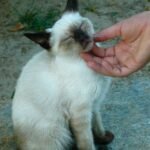Picture this: you walk into the room and your cat immediately flops over, exposing their belly with what seems like dramatic flair. That endearing move might look simple, yet it carries layers of meaning far beyond basic trust. While most cat owners recognize this as a sign of comfort, the deeper reasons behind this behavior reveal fascinating insights into feline psychology and communication.
When your cat rolls over in front of you, they’re displaying far more than simple affection. This vulnerable posture actually represents one of the most complex forms of feline communication. Let’s explore the intricate world of cat rolling behavior and uncover the hidden messages your furry friend is sending.
The Ultimate Display of Vulnerability

When a cat rolls over, it is exposing its vulnerable underbelly. This act is a significant sign of trust and contentment. In the feline world, showing the belly to another being is a gesture of ultimate trust, as it is a defensive weak spot. Think about it from a survival perspective: cats are both predators and prey in the wild, making belly exposure an incredibly risky move.
This behavior goes far deeper than we might initially assume. A cat’s belly is vulnerable and sensitive, and exposing it in the wild puts many vital organs in potential danger. So, showing such a vulnerable area to you shows ultimate trust. Your cat has made a calculated decision that you pose no threat whatsoever.
Beyond Trust: The Social Communication Layer
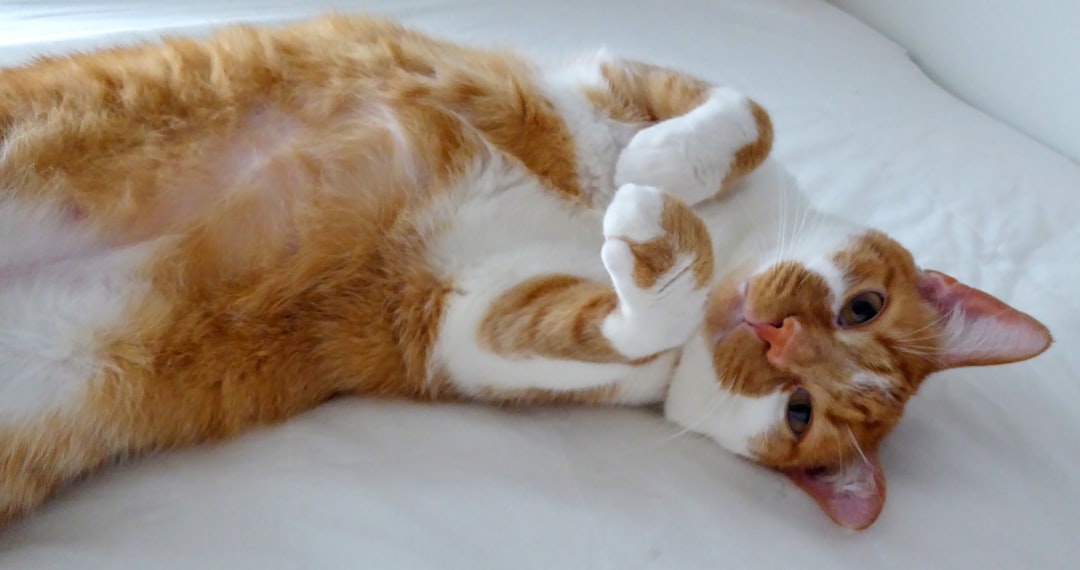
The behavior stems primarily from communication, relaxation, and trust. Seeing them roll over when they see you is a sign of comfort, happiness, and often, a deep emotional bond. This behavior emphasizes just how much they trust and feel relaxed in your presence – a true compliment in the feline world. However, this isn’t just about feeling safe.
Rolling behavior often serves as a form of social communication. When your cat rolls over upon seeing you, they’re typically expressing happiness and trust. This greeting behavior shows they feel safe in your presence and may be inviting social interaction. It’s essentially their way of saying “I’m happy to see you” in the most dramatic way possible.
The Territorial Marking Secret

Here’s where things get really interesting: rolling isn’t just about emotions. Cats have scent glands located all over their bodies, including their cheeks, paws, and flanks. When they roll around, they are releasing their scent onto the surface. This behavior is a way of marking their territory, sending a message to other animals that they are in a claimed space.
Cats have scent glands on their flanks as well as their face. So, when you see them rolling around on the patio, in the dirt, or on your doorstep, they’re actually spreading their scent to mark their territory. Your living room floor becomes their personal billboard, advertising their presence to any other cats who might wander through.
The Invitation to Play (Not Pet)

When a cat rolls onto their back, they’re sending signals, and one such signal could be an invitation to play. Your cat may extend such an invitation when they are relaxed, secure, and content with you or whomever they’re trying to interact with. Many people mistakenly think this is an invitation for belly rubs.
Usually, a cat rolling on their back is not specifically requesting belly rubs. Instead, they’re showing trust and contentment. Many cats may actually react defensively if you try to touch their exposed belly, as this is a vulnerable area. The rolling motion itself is often the communication, not necessarily a request for physical interaction.
Temperature Control and Physical Comfort
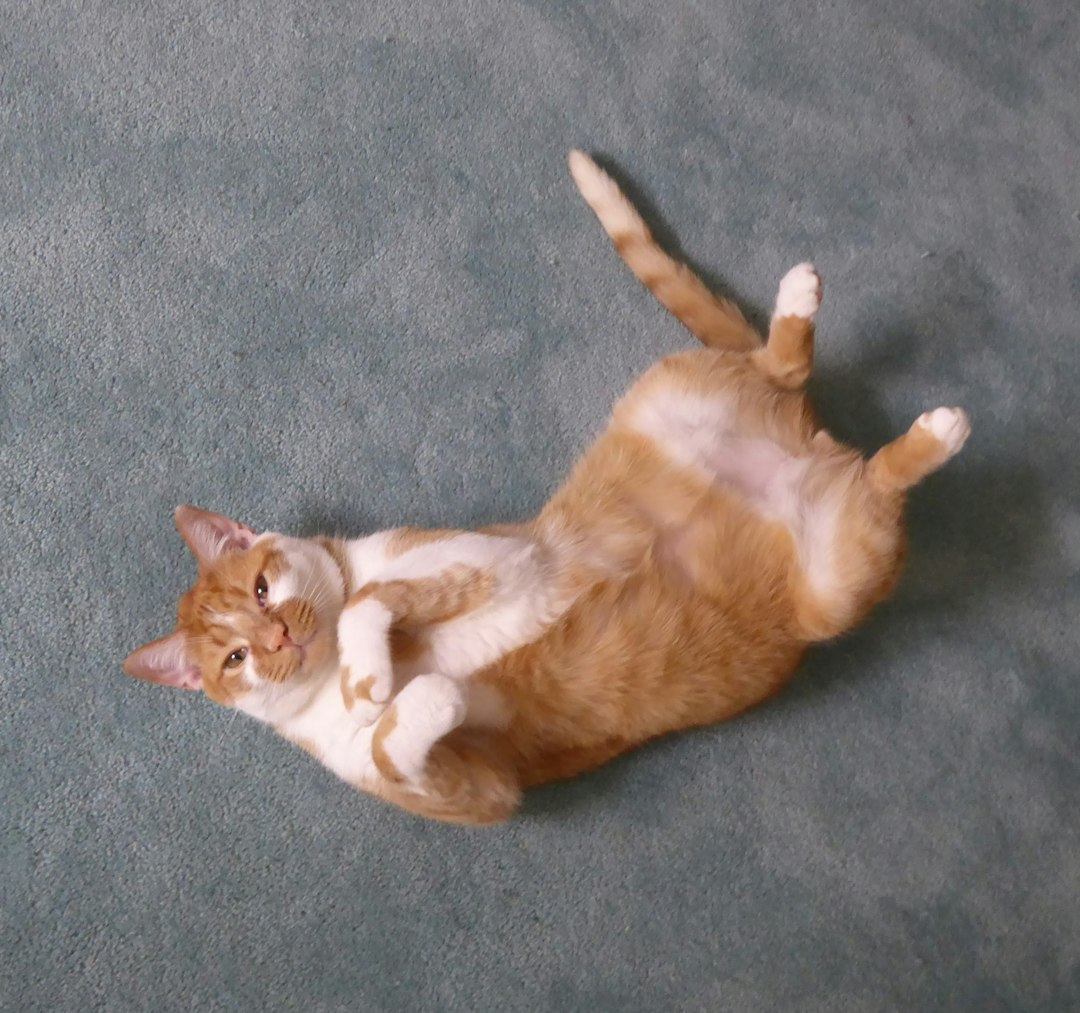
Rolling over can also be a way for cats to stretch and cool down, as their bellies have less fur and more blood vessels. This practical aspect of rolling behavior often gets overlooked. During warmer weather or after a long nap, cats use rolling as a natural temperature regulation system.
There’s nothing like a good ole stretch, and it’s not unusual to see a cat roll onto the back to stretch the muscles, especially after a nice snooze. Rolling onto the back allows a cat to stretch the back, front and back legs, and neck. It’s like their version of morning yoga, helping them maintain flexibility and muscle health.
The Complex Scent Gland Network
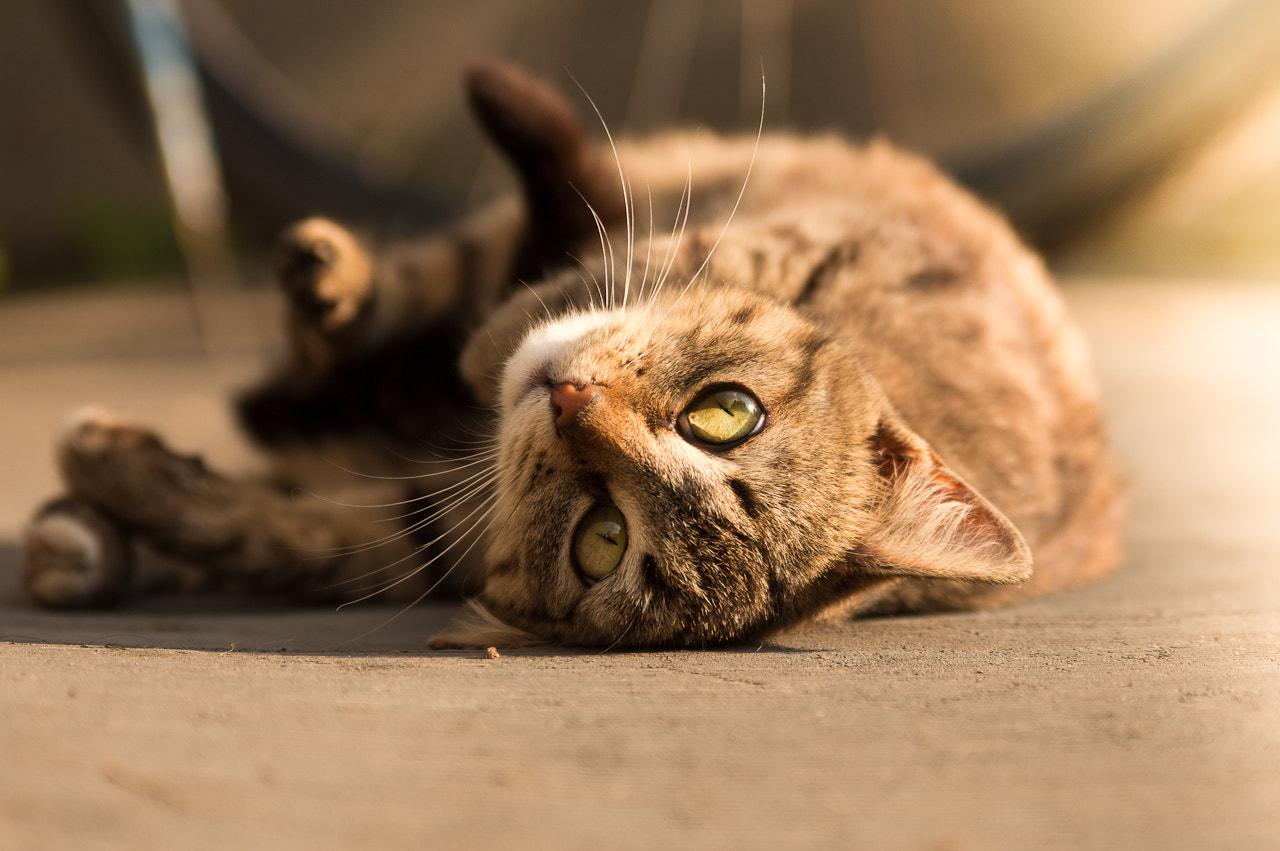
There are several glands in various parts of a cat’s body, and the cat will use them to mark territory, identify themselves to other cats, and communicate socially. The sophistication of this scent communication system is remarkable. Cats also have scent glands between their paw pads. When they scratch surfaces like furniture or trees, they leave behind both visual marks (scratches) and chemical signals from these glands.
Rolling activates multiple scent glands simultaneously, creating a complex chemical message. Further analysis of the chemicals in the anal glands revealed the presence of hundreds of organic compounds. Genetic analysis suggested that the residing bacteria are producing these organic compounds – including aldehydes, alcohols, esters, and ketones – which form the basis of cats’ unique scents. While these odors are mostly imperceptible to humans, they play a crucial role in cats’ social behaviors, such as marking territory, attracting mates, and repelling rivals.
When Rolling Becomes Concerning

While rolling is typically normal behavior, there are times when it signals health issues. Cat pets should look out for red flag behaviors if their cat is rolling around more than usual. When combined with an increase in rolling, the following behaviors may indicate a medical problem, including nerve damage or pruritus.
Persistent rolling accompanied by signs of skin irritation, constant scratching, or changes in behavior might indicate problems like parasites, allergies, or other medical conditions. However, if it becomes excessive, is accompanied by skin irritation, or seems compulsive, consult your veterinarian to rule out potential health problems. Feline hyperesthesia syndrome – which is also called rolling skin syndrome and twitchy cat disease – is a rather unique issue that we occasionally see in our feline friends. The condition is characterized by hypersensitivity of the skin, usually on the back.
The Hormonal Connection
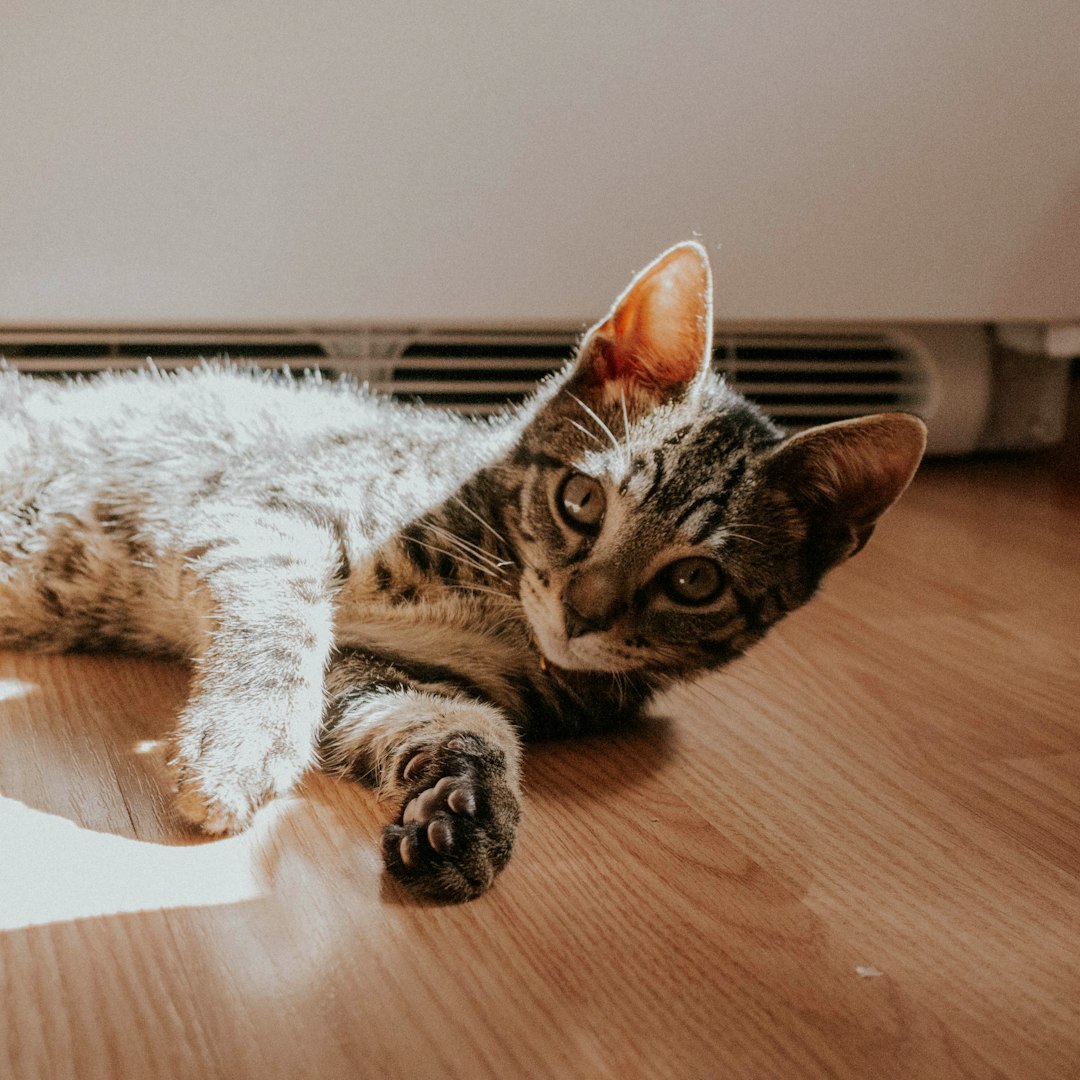
Rolling around and meowing is pretty classic for a cat in heat. She will do this for a few days to a week, but she will keep coming into heat until she is spayed or gets pregnant. Unspayed female cats exhibit particularly intense rolling behavior during their heat cycles.
It’s common for unspayed female cats typically between four and twelve months to roll around more than usual when in heat and after mating. Feline biologists hypothesize that the intensity of this rolling behavior after they’ve mated might help the sperm quickly fertilize the eggs. This biological function shows how rolling serves multiple purposes in feline behavior.
Environmental Factors and Surface Preferences

Cats roll on concrete and hard surfaces to mark their territory with scent glands, regulate body temperature, and satisfy physical needs like stretching and grooming. This scent-marking behavior is particularly noticeable on concrete and other hard surfaces because these materials retain scents well. It’s a natural instinctive behavior that helps cats establish their presence in their environment.
Different surfaces serve different purposes for rolling cats. Different surfaces serve different purposes – cooling down, stretching, marking territory, or simply enjoying a tactile sensation. The specific motivation can vary based on the cat’s immediate needs. Rough textures like concrete might help with grooming and scent distribution, while soft carpets provide comfort for stretching.
Reading the Context Correctly
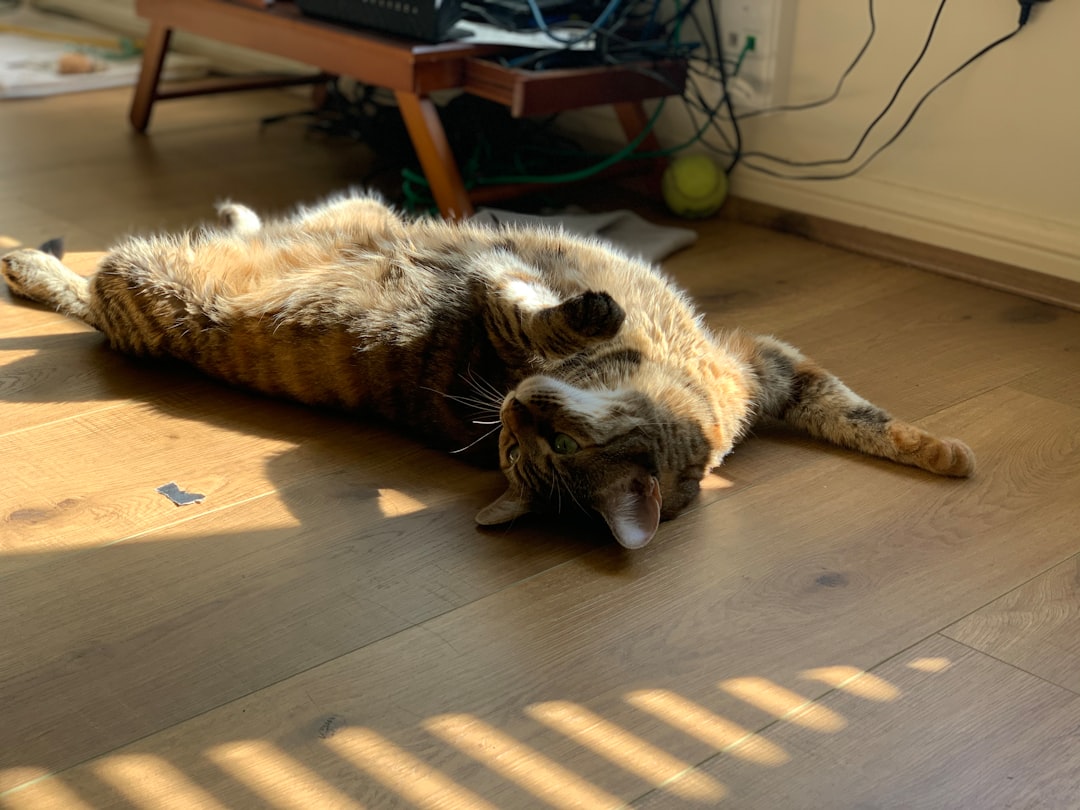
Cats can be quirky little creatures, interpreting messages entirely differently. When they roll on the floor, the rug, or even your shoes, they are normally saying, “I’m happy, I trust you and I feel good right now.” These little hints can tell you much about your cat’s state of mind and what it may want.
Context is key. If your cat rolls near you and makes eye contact, it’s likely seeking interaction. If the rolling occurs in new spaces or after another animal has been present, it’s more likely territorial marking. Understanding these subtle differences helps you respond appropriately to your cat’s communication attempts.
Conclusion
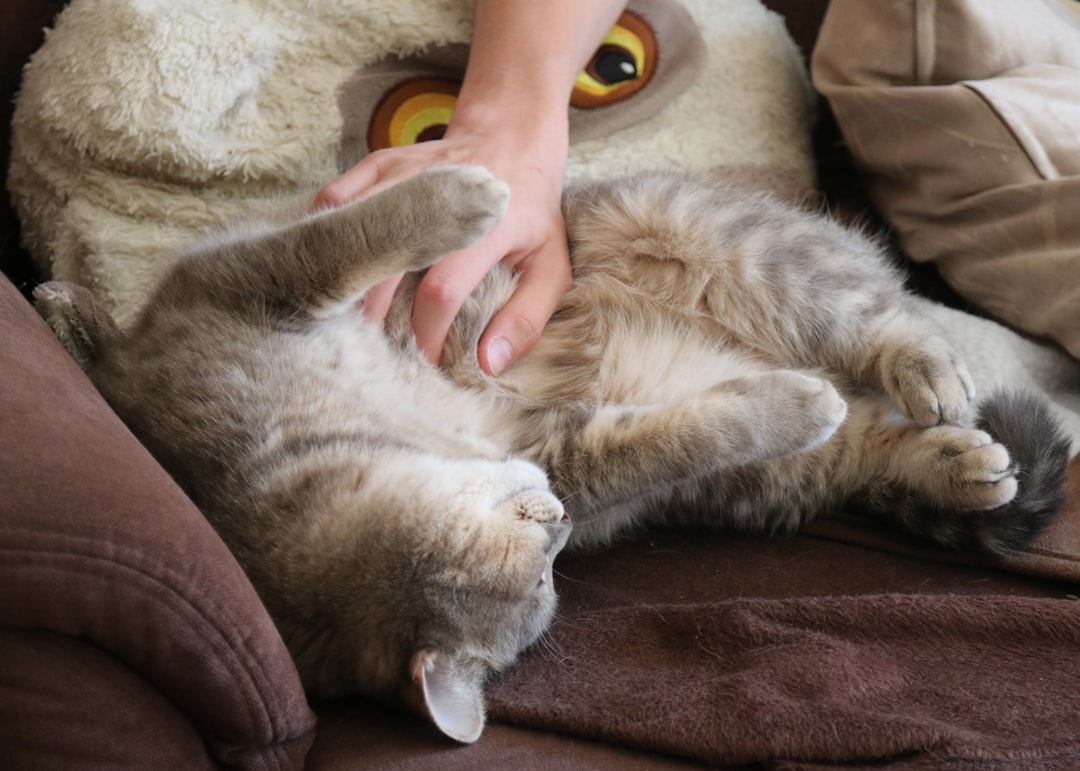
Your cat’s rolling behavior represents one of nature’s most sophisticated communication systems, blending emotional expression, territorial marking, physical maintenance, and social interaction into one elegant movement. When cats greet their owners after being gone all day, by flopping on the floor and spinning over to show their tummies, they are not being submissive, they are telling how happy they are to see their owners, and how much they love and trust them.
The next time your cat performs this endearing display, remember that you’re witnessing something far more complex than simple trust. You’re seeing a multifaceted message that encompasses everything from “I feel safe with you” to “this is my territory” to “let’s interact.” What do you think about this fascinating glimpse into feline psychology? Tell us in the comments.





